Several considerations will determine the amount of firewood you will need to get through an entire heating season. Let’s discuss those factors and try to help you plan for the next couple of heating seasons.
THE IMPORTANT QUESTIONS TO ASK YOURSELF:
- How much space are you trying to heat?
- Are you a serious wood burner or more of a recreational user?
- What type of fireplace or stove do you have?
- How large is your fireplace or stove?
- Where is your home located?
- How is it insulated and orientated?
- What type of wood are you going to use?
Let’s discuss each of these, and you’ll better understand how much wood you could expect to use.
CONSIDERATIONS:
Is your aim to heat your entire home or just a portion? Consider a centrally located wood-burning fireplace, stove, or forced air furnace if you want to heat your entire house.
Moving the air within your home is essential to get the air circulating to eliminate cooler and warmer spots within the house. You can accomplish this with ceiling fans, an oscillating floor fan, or maybe turning your conventional furnace fan to the “on” position.
Fireplaces, stoves, and furnaces come in lots of different sizes. Take note of the firebox size. The larger the firebox, expressed in cubic feet, the more wood it will hold, the longer the wood will last, and the more heat it will produce. Remember, this is not an exact science. There are lots of variables. But generally:
- Fireboxes of 1.6 cubic feet and smaller will heat up to 1000 square feet.
- Fireboxes up to 2.8 cubic feet will heat up to 2000 square feet.
- The largest fireboxes, over 2.9 cubic feet, will heat up to 3000 square feet of well-insulated space.
(Because of so many unknown variables, note the operative words “up to” in the description!) Your WE LOVE FIRE expert is happy to assist you in determining the size of an appliance.
If you’re planning to heat the entire house, you will need to size the equipment for the winter worst-case weather scenario. Are you in northern Minnesota or southern Missouri? The northeast or the Pacific northwest? Obviously, your address will make a huge difference in product selection.
Maybe you’re more of a “recreational” wood burner? One that wants to enjoy an occasional fire on a weekend or while entertaining over the holidays. Likely, a smaller appliance will nicely suit your needs.
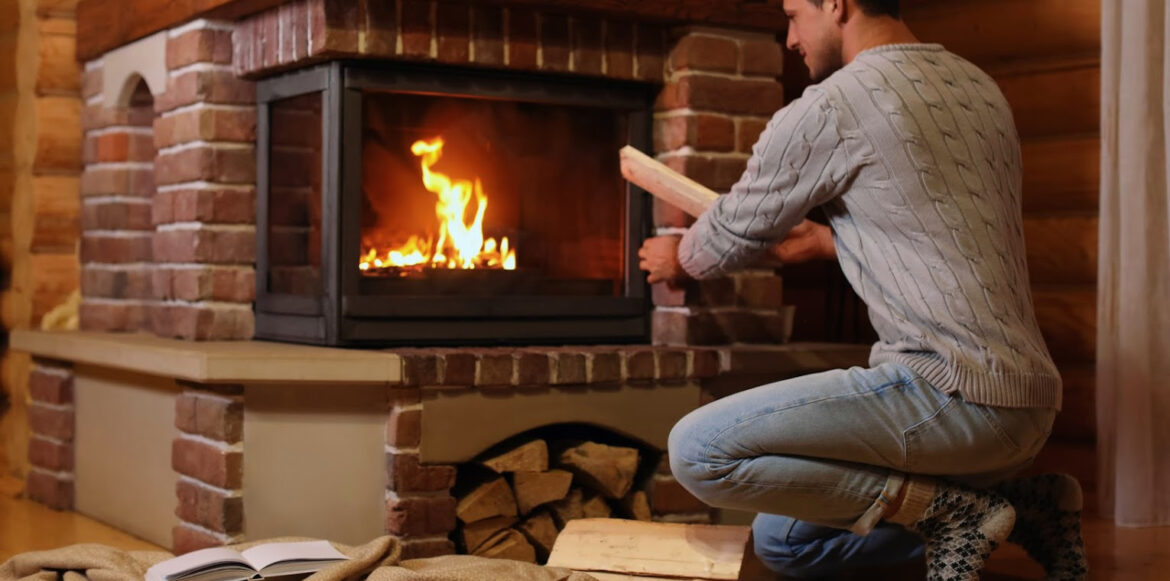
OTHER POINTS TO PONDER:
Your house age and type of construction make a massive difference in the amount of wood you’ll use during a heating season. For example, is yours a 100-year-old stone two-story farmhouse? Maybe a 1970s or 80s ranch-style home? Then your heating needs will be significantly greater than a similar style house built within the past few years.
Of course, you can replace windows and seal cracks in an older home. Still, sidewall and foundation insulation are difficult and expensive to retrofit.
Orientation of the house can be important, too. Southern exposure with lots of winter solar gain can provide excellent daytime heating. Conversely, if you have a spectacular north view, plan accordingly and invest in good windows!
EFFICIENCIES vs LOOKS?
The efficiency of today’s EPA-certified wood-burning equipment is awe-inspiring. There are lots of great appliances on the market. Know that the manufacturers and equipment your nearby WE LOVE FIRE dealer represents are the best in the industry.
First, decide how you want to heat, either with a fireplace, stove, or furnace. We can help with the sizing issues described above if it’s a fireplace or stove.
Our advice: buy something you like the looks of.
Keep in mind this will be in your living or family room without a fire going for most of the year. So, purchase equipment and accessories that fit your décor and lifestyle. And if it’s a wood-burning furnace, who cares what it looks like? It’s going to be out of sight in the basement! Just buy a reliable, proven brand.
Different types and wood species produce similar amounts of heat, pound for pound. Since hardwoods are considerably denser than softwoods, they will burn for much longer.
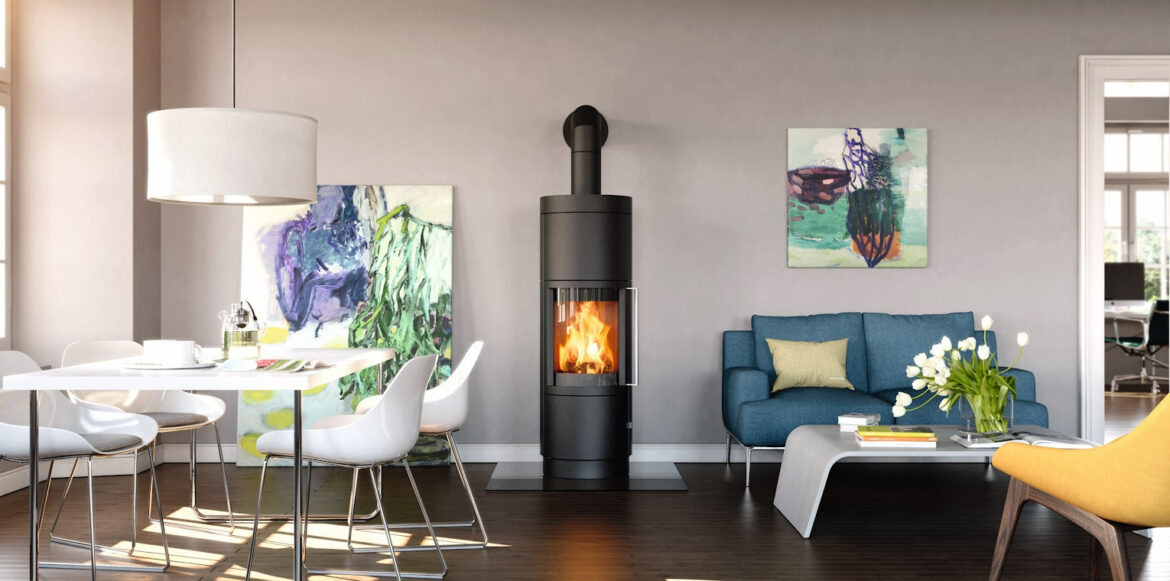
Wood Fireplace Bari Plus by Hearthstone
SO HOW MUCH WOOD DO I CUT OR BUY?
A cord is a wood pile cut and stacked and measures 4 feet (122 cm) high, 8 feet (244 cm) wide, and 4 feet (122 cm) deep with a volume of 128 cubic feet (3.62 m3).
If you are a serious wood-burner and plan to heat a 20-year-old, 2,000-square-foot house in a cold climate, prepare for 4 or 5 cords of dry hardwood. An occasional recreational wood burner should plan for one or two cords.
When figuring out how much wood you’ll need, estimate on the heavy side. Keep it covered, and whatever isn’t used this year can be first in the firebox next year!
As always, your friendly neighborhood WE LOVE FIRE expert provides free advice on how best enjoy your heating season.
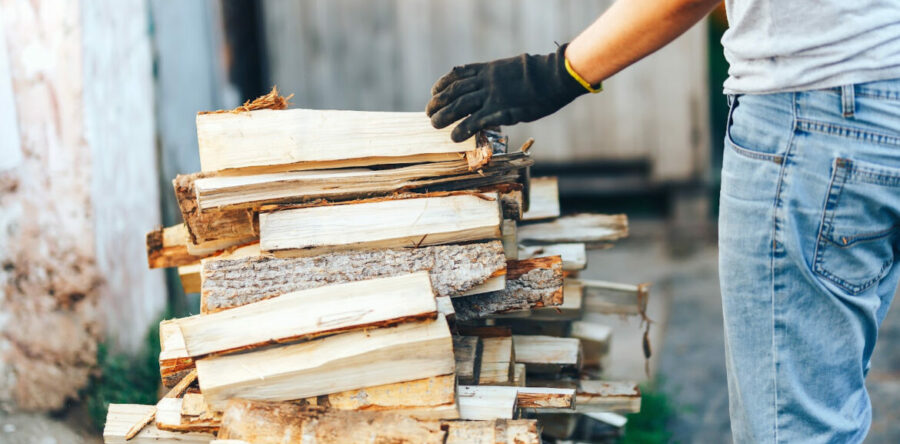
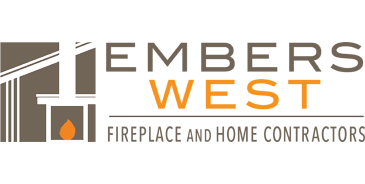
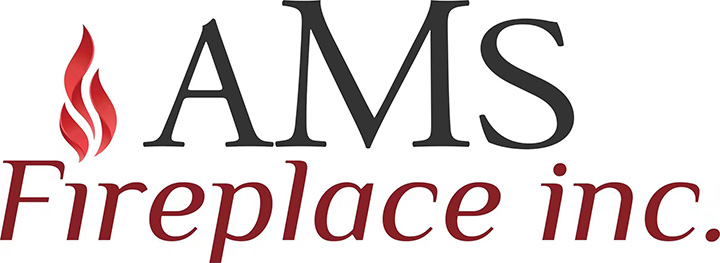
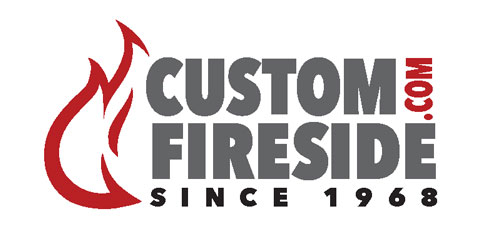
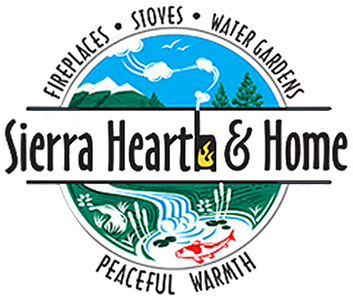

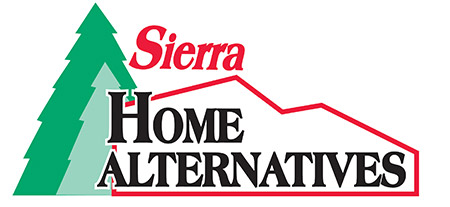





1 Response